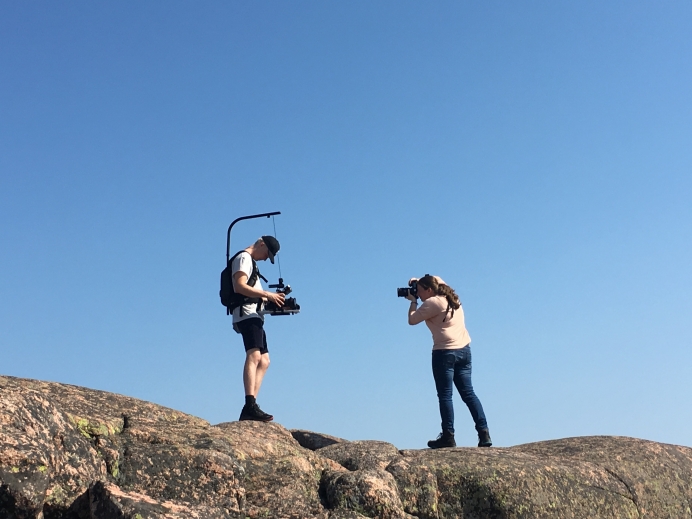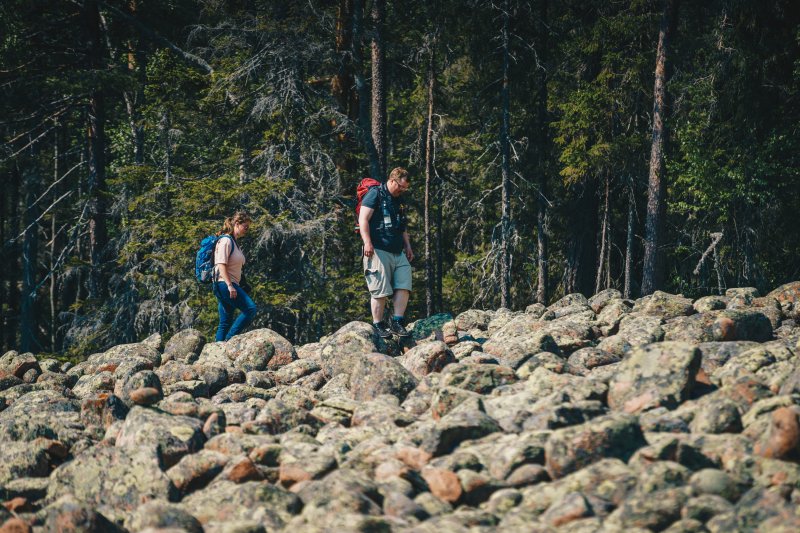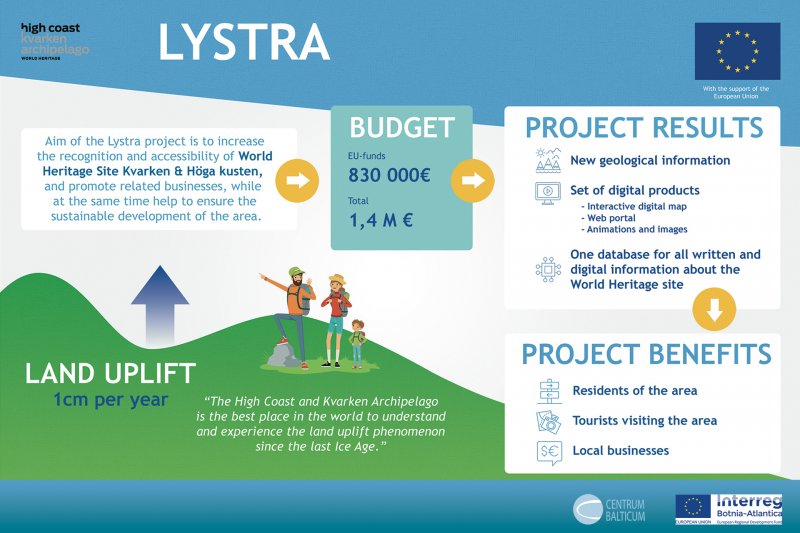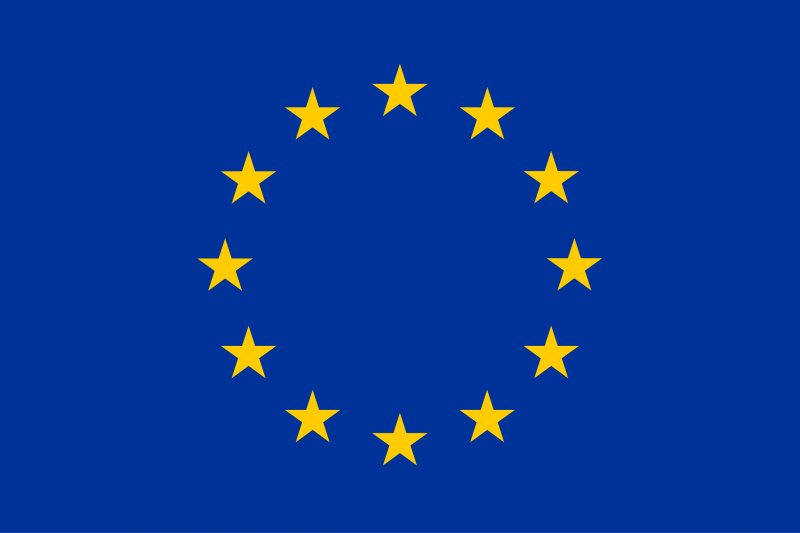The land uplift phenomenon reminds us from the Ice Age and how it has shaped nature and keeps shaping it – we can only admire the slowly changing landscape and the traces it leaves behind. Or, can we do more than just admire? Maybe with a little help from the EU and with a cooperative mindset this unique site could use more of its potential?
"Without EU-funds it wouldn’t be possible to have a broad cross-border cooperation"
“Lystra was initiated because such a project is an excellent way to cooperate easier between the two countries with different management systems. It enables us financially to carry out activities that we would like to do but without a project wouldn’t be able to,” explains Patrik Bylund, World Heritage Coordinator at the High Coast. “The project helps us to cooperate, because transnational cooperation is essential. We have one heritage site in two countries.” On the other side of the project area, in Finland, thoughts are very similar: “Without EU-funds it wouldn’t be possible to have a broad cross-border cooperation between organizations and experts in geology, geomorphology, biology, nature conservation, nature interpretation and World Heritage management,” says Liselott Nyström Forsén working with Lystra project in Finland.
The project reminds us that we need to understand how the Baltic Sea was formed, and how it has had a major influence to the formation of our culture and lives today. Living around the sea is part of our shared heritage. As the last Ice Age shaped the sea, it is natural to have a project in the best place to experience and understand the land uplift phenomena created by the Ice Age. Liselott explains this further: “The land around the Baltic Sea is rising everywhere to different extents, and it is therefore a vital part of its evolution, the history and the identity of the people living there. Lystra will help citizens as well as visitors realize just how unique and valuable this is by presenting the most representative areas for this part of Earth's evolution.”
When talking about management, in practice, the project for example aims at producing information that can serve in land using decisions. This has concrete benefits for the people living in the region.
"The more we understand the heritage the more we understand each other"
Patrik is giving us a tour in the Skuleskogen National Park and making us more familiar with the area and the project’s goals. For example, by producing new information about important geological phenomena in the site, the project helps preserving nature, as the information allows to find out and classify what kind of phenomena needs particular preservation and care.
It is easy to be just amazed by the beautiful landscape and enjoy a fresh hike through the forest trails up to the top of the mountain. With a guide one can also learn a lot about the land uplift and start to see the surroundings in a new way: “This hilltop used to be a seabed,” we learn while having a break to take photos. And the project makes this information more visible and accessible even for those not able to visit the site: “We are really looking forward to presenting the results to citizens as well as visitors – and especially to the new generations that will be the future caretakers of our valuable and unique Site. Through the digital means we are using in Lystra, you can experience the World Heritage Site even if you cannot visit the place yourself,” Liselott describes the project’s foreseen results.
However, it is not only a natural site, but as a heritage site it captures something more profound. “One of the pillars of UNESCO when creating heritage sites is that the more we understand the heritage the more we understand each other. This reduces the risk of conflicts and wars – basically it is a peace thought,” Patrik reminds when asked why it is important to have projects working with natural and cultural heritage.
Lystra in a nutshell:
- Transnational project between Finland and Sweden funded by Interreg Botnia-Atlantica Programme
- Project deals with planning of guidance, updated expert information on the area’s geology, modern digital solutions and collection of world heritage publications and materials
- Strengthens the image of a joint World Heritage Site and brings it closer to inhabitants, visitors and entrepreneurs of the area
- Project period 2018 – 2020
- Project budget 1,383,595 € of which 830,157 € is EU-fund
Download the infographics in attachments
The article is part of an European Union funded project "Cohesion through EUSBSR" promoting positive results of EU Cohesion policy in the Baltic Sea macro-region (EUSBSR).
With financial support from the European Union
 |
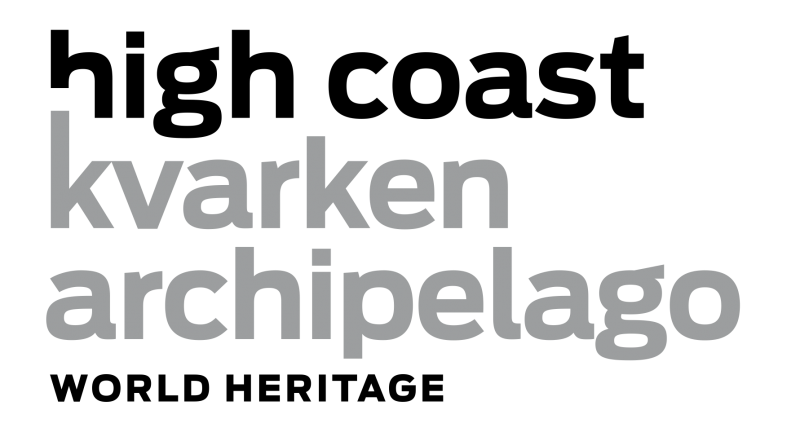 |
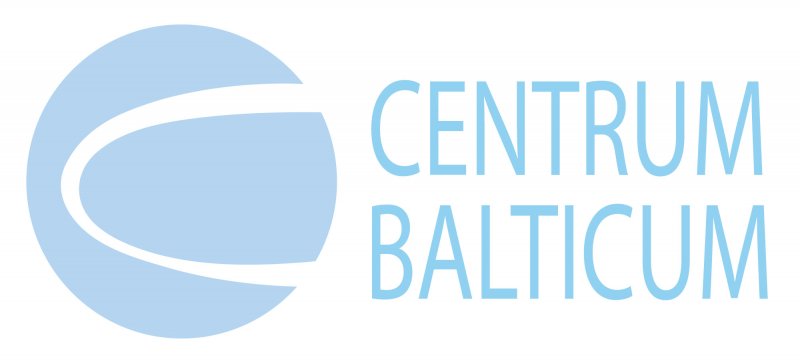 |
The article reflects only the author's view and the European Commission is not responsible for any use that may be made of the information it contains.




